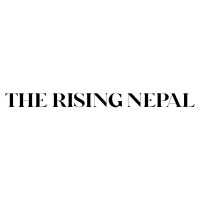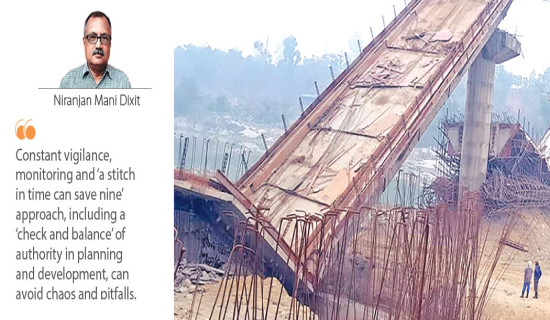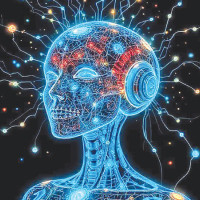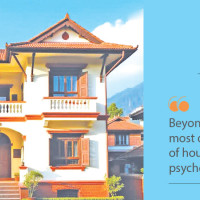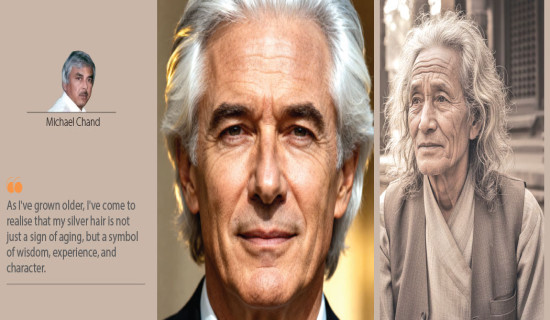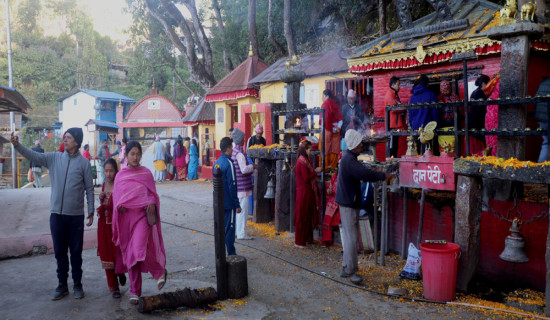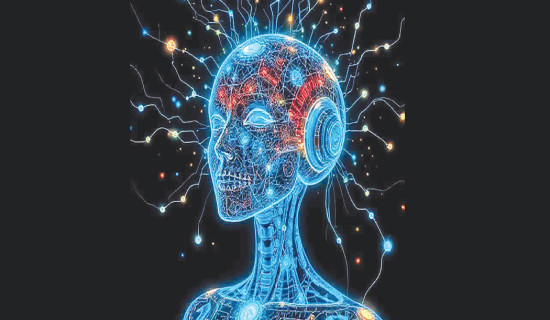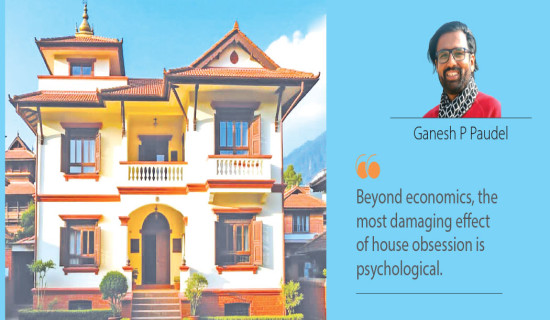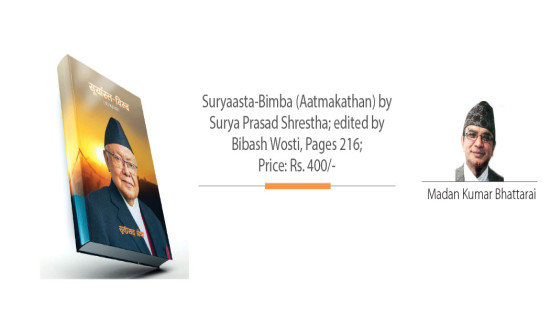- Friday, 21 November 2025
Protests And Vandalism
On September 8, 2025, the youth of Nepal, the majority of whom were Gen Z, took to the streets to protest against the systemic corruption, nepotism and social media ban. On September 4, the Nepal government had banned 26 social media such as Facebook, Instagram, X, WhatsApp and so on, citing the failure of such media to comply with new registration requirements and growing cybercrime. Frustrated with the corruption and nepotism in Nepali politics, Gen Z found a trigger point in the government’s decision to ban social media in the nation. Tragically, the September 8 protests led to the death of 19 (a figure that has shockingly risen to 72), following which Nepal government lifted the ban but the damage had been done.
The protest was largely organised by Gen Z and was initially supposed to be a peaceful one; however, the reckless firing of bullets by Nepal Police turned the protest into mayhem, riot and vandalism. Unwarranted deaths fueled the rage even more as Nepalis continued to march the streets defying curfew on September 9. The angry mob sought out the residences of major politicians, including the former Prime Ministers, whose houses were broken into, vandalised and set on fire. Taking advantage of the situation, prisoners across the nation escaped jails.
As the mob went berserk and set fire to important buildings, including government offices, the Hilton Hotel, Bhatbhateni supermarkets, etc., many questioned whether it was premeditated. The Gen Z generation is known to be aware of its rights and responsibilities. Could it have alone resorted to rioting, arson and vandalism? Or, could nefarious entities have been involved covertly? Speculations were rife as conspiracy theories pervaded recently. Leaders such as Balen Shah, who are supported by Gen Z urged for peace and calm.
By the time the sun had set in Nepal on September 9, numerous places had been plumed with smoke as major government offices and buildings, including Singha Durbar were torched. KP Sharma Oli resigned from the post of Prime Minister and the government was toppled. The nation mourned the loss of lives and the immense destruction of properties. The Nepal Army was deployed to assist with national security as it appealed for peace and resolution. In the days following September 8-9 mayhem, the Army held talks with Gen Z.
After much deliberation, the former Chief Justice of Nepal, Sushila Karki, was chosen as the interim Prime Minister with a pledge to hold general elections in March next year. The focus now should be on reinstating peace and effective governance in the wake of this tragedy. The order may have been restored but it will take time for the wound to heal. Given the extensive arson that has been inflicted, it will certainly take a while to restore the damage done.
Driven by Gen Z’s call to end corruption, nepotism and social media ban, this two-day protest will be remembered in history as an acrid warning for politicians. Now that Nepal has a new leader, Nepalis at home and abroad have to unite in solidarity. It is a time that calls for unity, harmony and peace, all of which are requisite to build back Nepal.


